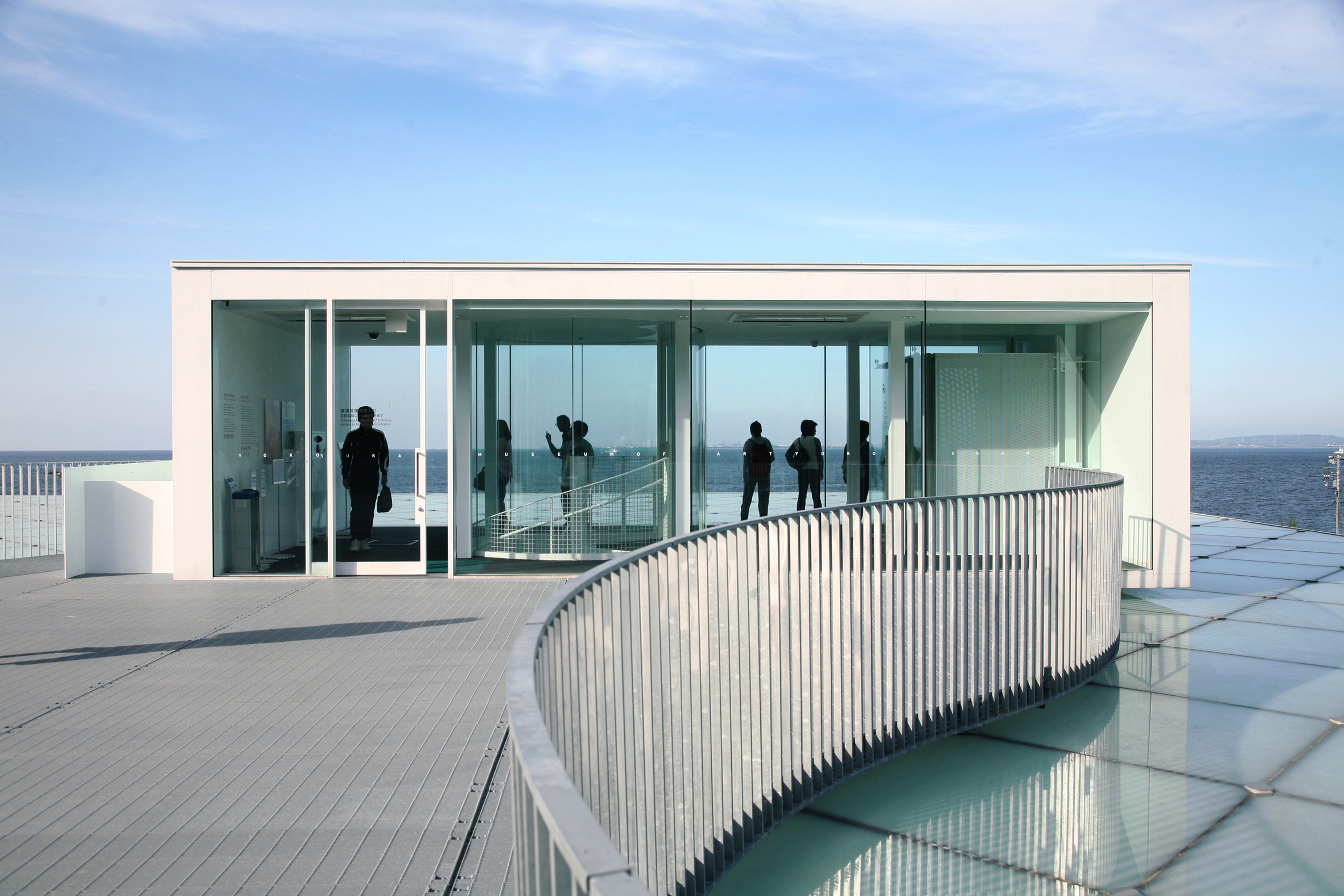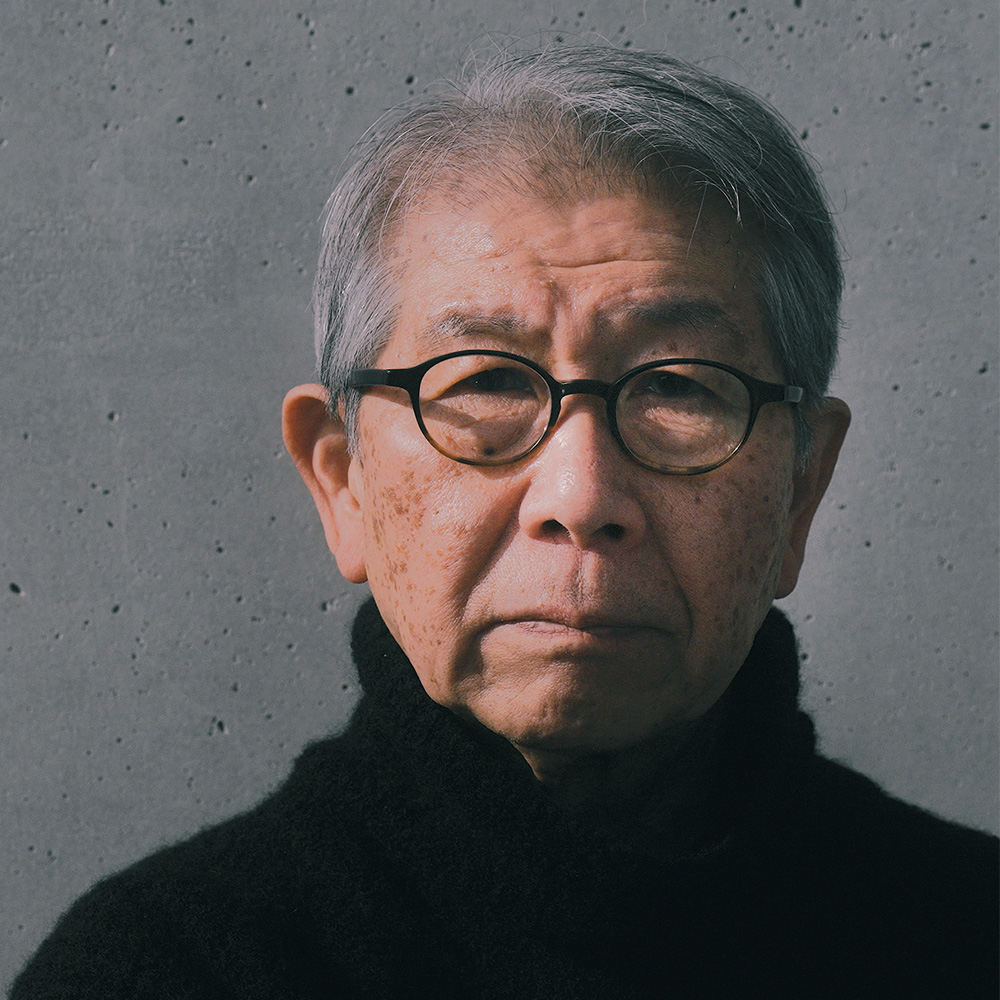The Pritzker Architecture Prize announces Riken Yamamoto, of Yokohama, Japan, as the 2024 Laureate of the Pritzker Architecture Prize, the award that is regarded internationally as architecture’s highest honor.
Yamamoto, architect and social advocate, establishes kinship between public and private realms, inspiring harmonious societies despite a diversity of identities, economies, politics, infrastructures, and housing systems. Deeply embedded in upholding community life, he asserts that the value of privacy has become an urban sensibility, when in fact, members of a community should sustain one another. He defines community as a “sense of sharing one space,” deconstructing traditional notions of freedom and privacy while rejecting longstanding conditions that have reduced housing into a commodity without relation to neighbors. Instead, he bridges cultures, histories and multi-generational citizens, with sensitivity, by adapting international influence and modernist architecture to the needs of the future, allowing life to thrive.
“For me, to recognize space, is to recognize an entire community,” Yamamoto expresses. “The current architectural approach emphasizes privacy, negating the necessity of societal relationships. However, we can still honor the freedom of each individual while living together in architectural space as a republic, fostering harmony across cultures and phases of life.”
The 2024 Jury Citation states, in part, that he was selected “for creating awareness in the community in what is the responsibility of the social demand, for questioning the discipline of architecture to calibrate each individual architectural response, and above all for reminding us that in architecture, as in democracy, spaces must be created by the resolve of the people...”
By reconsidering boundary as a space, he activates the threshold between public and private lives, achieving social value with every project, as each abounds with places for engagement and chance encounters. Small- and large-scale built works alike demonstrate masterly qualities of the spaces themselves, providing focus on the life that each one frames. Transparency is utilized so that those from within may experience the environment that lies beyond, while those passing by may feel a sense of belonging. He offers a consistent continuity of landscape, designing in discourse to the preexisting natural and built environments to contextualize the experience of each building.


He has evolved influences from traditional Japanese machiya and Greek oikos housing that existed in relationship to cities, when connectivity and commerce were essential to the vitality of every family. He designed his own home, GAZEBO (Yokohama, Japan 1986) to invoke interaction with neighbors from terraces and rooftops. Ishii House (Kawasaki, Japan 1978), built for two artists, features a pavilion-like room, that extends outdoors and serves as a stage to host performances, while living quarters are embedded beneath.
“Yamamoto develops a new architectural language that doesn’t merely create spaces for families to live, but creates communities for families to live together,” says Tom Pritzker, Chair of the Hyatt Foundation, which sponsors the award. “His works are always connected to society, cultivating a generosity in spirit and honoring the human moment.”
Larger housing projects also embody relational elements, assuring that even residents who live alone don’t dwell in isolation. Pangyo Housing (Seongnam, Republic of Korea 2010), a complex of nine low-rise housing blocks is designed with nonprescriptive transparent ground floor volumes that catalyze interconnectedness between neighbors. A communal deck across the second floor encourages interaction, featuring spaces for gathering, playgrounds, gardens and bridges that connect one housing block to another.
View more selected architectural works from Riken Yamamoto
Watch additional announcement videos about Riken Yamamoto winning the Pritzker Architecture Prize
“One of the things we need most in the future of cities is to create conditions through architecture that multiply the opportunities for people to come together and interact. By carefully blurring the boundary between public and private, Yamamoto contributes positively beyond the brief to enable community,” explains Alejandro Aravena, Jury Chair and 2016 Pritzker Prize Laureate. “He is a reassuring architect who brings dignity to everyday life. Normality becomes extraordinary. Calmness leads to splendor.”
Civic buildings achieving specific functions also affirm public purpose and assurance. The Hiroshima Nishi Fire Station (Hiroshima, Japan, 2000), appears entirely transparent, with its glass louvered façade and interior glass walls. Visitors and passersby may view through to the central atrium to witness the daily activity and training of firefighters, and are encouraged to grow acquainted with the civil servants who protect them in the many designated public areas of the building. Fussa City Hall (Tokyo, Japan 2008) is conceived as two mid-rise towers, rather than one high-rise to compliment the surrounding neighborhood of low-rise buildings. Concave bases invite visitors to recline and rest, while green public rooftop and lower levels are designated for flexible public programming.

Saitama Prefectural University (Koshigaya, Japan 1999), specializing in nursing and health sciences, is composed of nine buildings connected by terraces that transition into walkways leading to transparent volumes that allow views from one classroom to another, but also from one building to the next, encouraging interdisciplinary learning. Such fellowship is fostered even within the youngest generations at Koyasu Elementary School (Yokohama, Japan 2018), which features generous, undivided terraces extending learning spaces, permitting sights into and from each classroom, and encouraging relationships amongst students across grades levels.
He considers the user experience first, designing Yokosuka Museum of Art (Yokosuka, Japan 2006) as both a destination for travelers and a daily reprieve for locals. While the inviting serpentine entrance evokes the surrounding Tokyo Bay and nearby mountains, many of the galleries are underground, providing those who approach with a clear, undisturbed visual experience of the natural geography. Visitors may view through to the landscape and other galleries from round cutouts in all common spaces, uniting these otherwise distinctive environments so that those inside are impressed upon not only by the artwork, but by the activity of others in the spaces alongside them.
His career has spanned five decades and his projects, ranging from private residences to public housing, elementary schools to university buildings, institutions to civic spaces, and city planning, are located throughout Japan, People’s Republic of China, Republic of Korea and Switzerland. Significant built works also include Nagoya Zokei University (Nagoya, Japan, 2022), THE CIRCLE at Zürich Airport (Zürich, Switzerland, 2020), Tianjin Library (Tianjin, People’s Republic of China, 2012), Jian Wai SOHO (Beijing, People’s Republic of China, 2004), Ecoms House (Tosu, Japan, 2004), Shinonome Canal Court CODAN (Tokyo, Japan, 2003), Future University Hakodate (Hakodate, Japan, 2000), Iwadeyama Junior High School (Ōsaki, Japan, 1996) and Hotakubo Housing (Kumamoto, Japan, 1991).
Yamamoto is the 53rd Laureate of the Pritzker Architecture Prize and the ninth to hail from Japan. He was born in Beijing, People’s Republic of China, and resides in Yokohama, Japan. He will be honored in Chicago, Illinois, United States of America this spring and the 2024 Laureate Lecture will be held at S. R. Crown Hall, Illinois Institute of Technology, in partnership with the Chicago Architecture Center, on May 16th, open to the public in-person and online.
Related Stories
Multifamily Housing | Feb 29, 2024
Manny Gonzalez, FAIA, inducted into Best in American Living Awards Hall of Fame
Manny Gonzalez, FAIA, has been inducted into the BALA Hall of Fame.
K-12 Schools | Feb 29, 2024
Average age of U.S. school buildings is just under 50 years
The average age of a main instructional school building in the United States is 49 years, according to a survey by the National Center for Education Statistics (NCES). About 38% of schools were built before 1970. Roughly half of the schools surveyed have undergone a major building renovation or addition.
MFPRO+ Research | Feb 28, 2024
New download: BD+C's 2023 Multifamily Amenities report
New research from Building Design+Construction and Multifamily Pro+ highlights the 127 top amenities that developers, property owners, architects, contractors, and builders are providing in today’s apartment, condominium, student housing, and senior living communities.
AEC Tech | Feb 28, 2024
How to harness LIDAR and BIM technology for precise building data, equipment needs
By following the Scan to Point Cloud + Point Cloud to BIM process, organizations can leverage the power of LIDAR and BIM technology at the same time. This optimizes the documentation of existing building conditions, functions, and equipment needs as a current condition and as a starting point for future physical plant expansion projects.
Data Centers | Feb 28, 2024
What’s next for data center design in 2024
Nuclear power, direct-to-chip liquid cooling, and data centers as learning destinations are among the emerging design trends in the data center sector, according to Scott Hays, Sector Leader, Sustainable Design, with HED.
Windows and Doors | Feb 28, 2024
DOE launches $2 million prize to advance cost-effective, energy-efficient commercial windows
The U.S. Department of Energy launched the American-Made Building Envelope Innovation Prize—Secondary Glazing Systems. The program will offer up to $2 million to encourage production of high-performance, cost-effective commercial windows.
AEC Innovators | Feb 28, 2024
How Suffolk Construction identifies ConTech and PropTech startups for investment, adoption
Contractor giant Suffolk Construction has invested in 27 ConTech and PropTech companies since 2019 through its Suffolk Technologies venture capital firm. Parker Mundt, Suffolk Technologies’ Vice President–Platforms, recently spoke with Building Design+Construction about his company’s investment strategy.
Performing Arts Centers | Feb 27, 2024
Frank Gehry-designed expansion of the Colburn School performing arts center set to break ground
In April, the Colburn School, an institute for music and dance education and performance, will break ground on a 100,000-sf expansion designed by architect Frank Gehry. Located in downtown Los Angeles, the performing arts center will join the neighboring Walt Disney Concert Hall and The Grand by Gehry, forming the largest concentration of Gehry-designed buildings in the world.
Construction Costs | Feb 27, 2024
Experts see construction material prices stabilizing in 2024
Gordian’s Q1 2024 Quarterly Construction Cost Insights Report brings good news: Although there are some materials whose prices have continued to show volatility, costs at a macro level are returning to a level of stability, suggesting predictable historical price escalation factors.
High-rise Construction | Feb 23, 2024
Designing a new frontier in Seattle’s urban core
Graphite Design Group shares the design for Frontier, a 540,000-sf tower in a five-block master plan for Seattle-based tech leader Amazon.
















